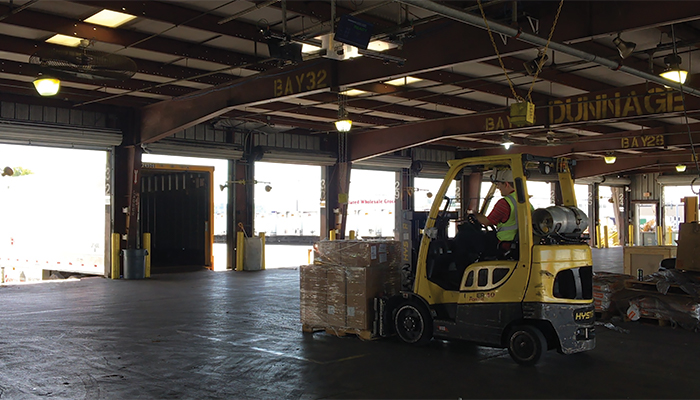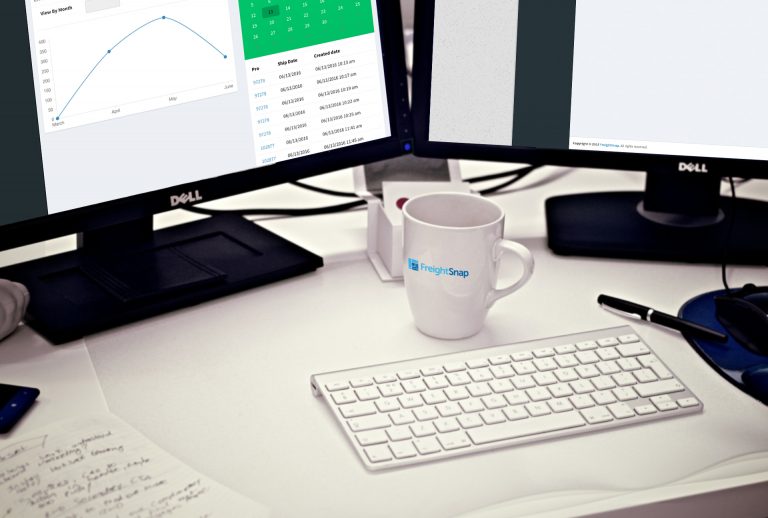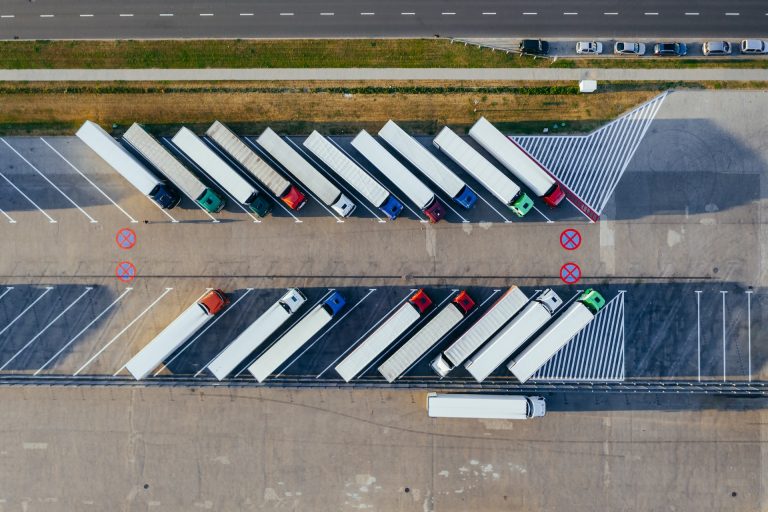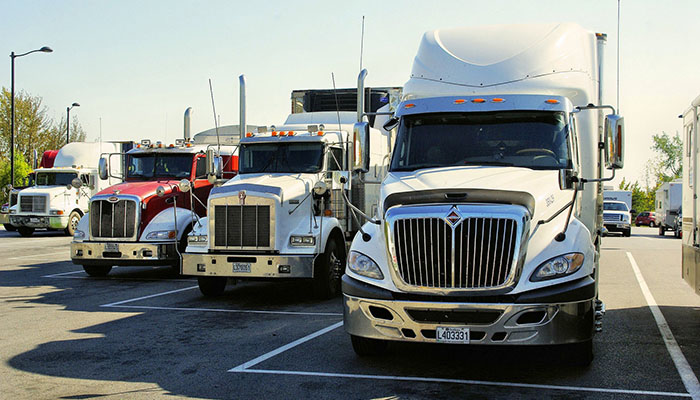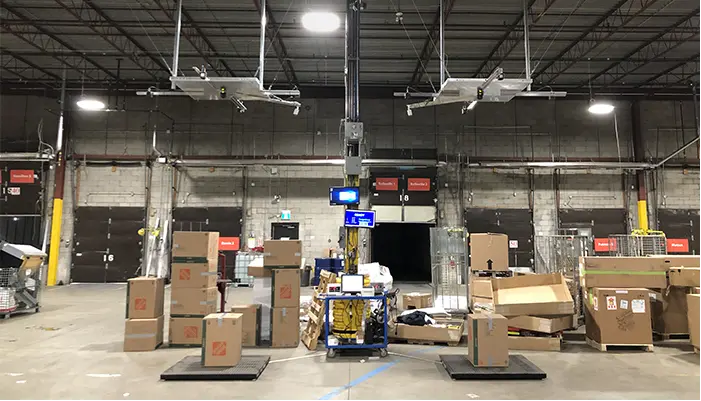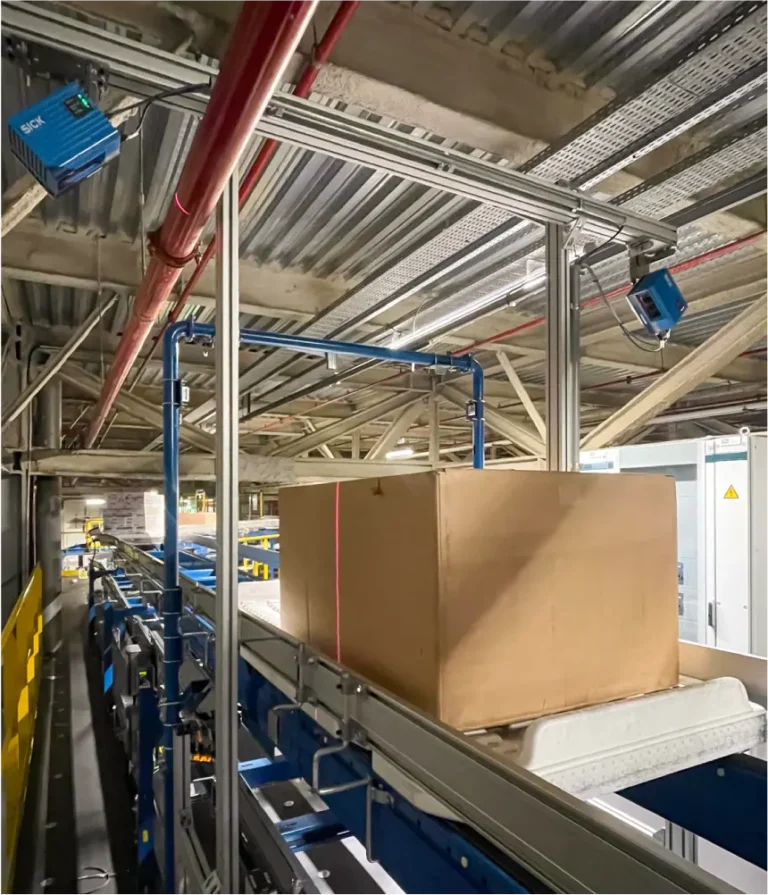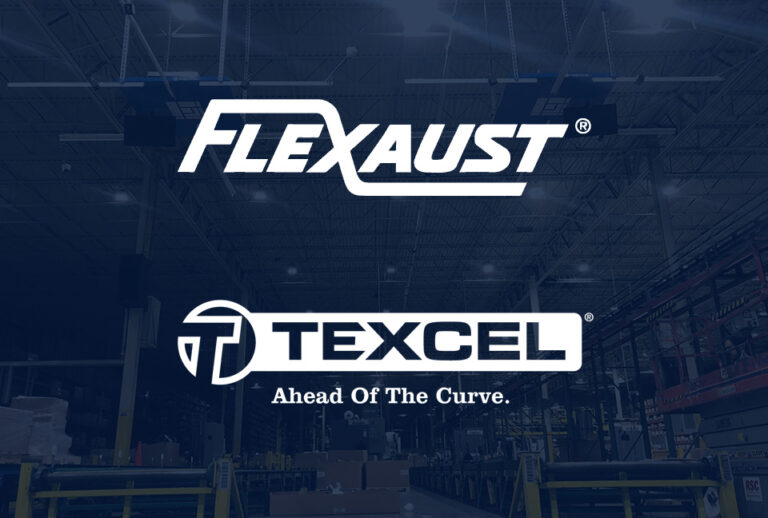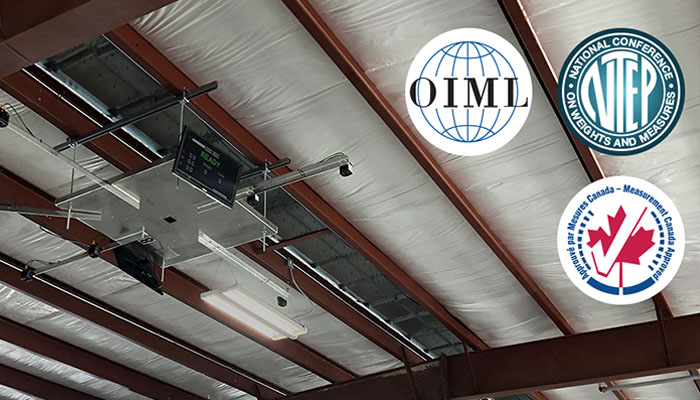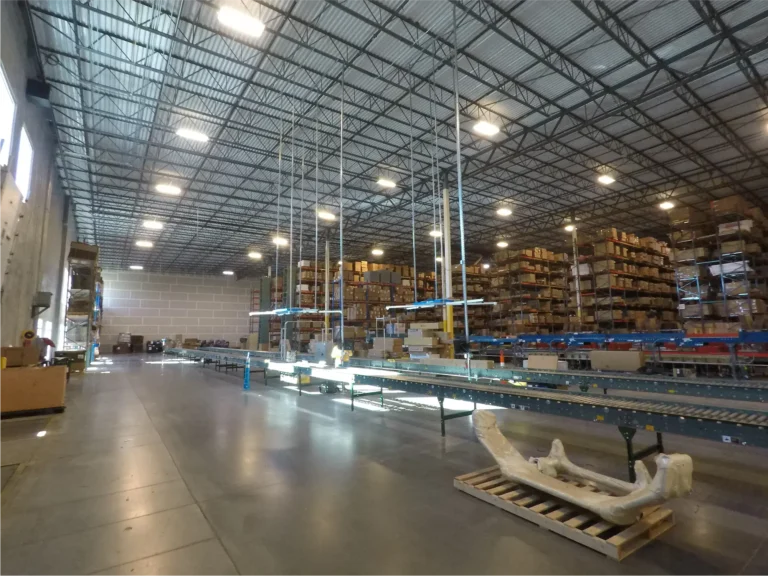Ever since volumetric freight dimensioning became the standard form of measurement for the transportation and shipping industries, companies have been working to streamline the process and take advantage of its benefits. But, like any new process, the transition to dimensional weight measurement has caused a few headaches for companies making the change. Take a look at some of the most common challenges companies face, then see how an automatic dimensioner like the FS 5000 from FreightSnap can help you make these issues a thing of the past.
Challenge 1: Measuring Takes Too Long
This one’s a biggie, and it makes sense when you consider that many companies are still measuring freight by hand with a standard tape measure. For small companies that only ship a few packages per a day, it’s generally not an issue, but for businesses that ship or carry thousands of pallets a day, it’s virtually impossible to keep up.
Why automatic dimensioning is the solution?
With an automatic freight dimensioner like the FS 5000, users can find the dimensions of cubic and irregular-shaped freight in seconds — not minutes. So even if takes just two minutes to measure a pallet by hand, and roughly 10 seconds with a dimensioner, over the course of 100 pallets, that’s a savings of 3.25 hours.
Challenge 2: Measurements are Inaccurate
Measuring freight with a tape isn’t only slower, it’s also more difficult to obtain accurate measurements. While a pallet of neatly stacked boxes might not pose a problem, anyone who’s ever worked on a shipping dock knows that “neatly” and “stacked” aren’t words that always go together when talking about freight.
Why automatic dimensioning is the solution?
With an automatic dimensioner, it doesn’t matter if you’re measuring boxes or an irregular-shaped object with protrusions. The FS 5000, for example, uses five 3D sensors to capture each protrusion and dimple, which it then factors into the final cubic dimensions provided.
Challenge 3: It’s Difficult to Track, Analyze and Use Data
The major benefit to volumetric dimensioning is its ability to help companies optimize the way they pack shipping containers so they can make more money on each shipment. But, without a good way to record and analyze that data, much of the benefit is lost.
Why automatic dimensioning is the solution?
Currently, some dimensioners are better at collecting data than others. With the FS 5000, collecting and delivering data is a focus. After each scan, dimensions and photos of the freight measured are uploaded to the user’s private cloud storage. The data is always accessible and can be used for documentation, to spot trends, and to optimize shipping containers for density.
Are you Ready for Automatic Dimensioning?
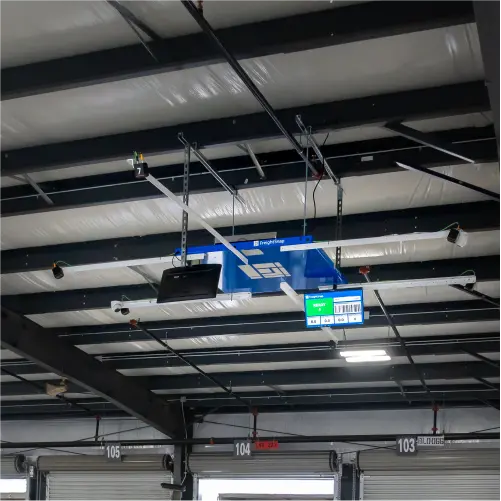
For more information about FreightSnap’s automatic freight dimensioner, take a look at our product page. To speak with a FreightSnap representative and see what automatic freight dimensioning can do for your business, contact us and we’ll get back to you soon.
Need More Information About Automatic Dimensioning?
Check out these articles:

